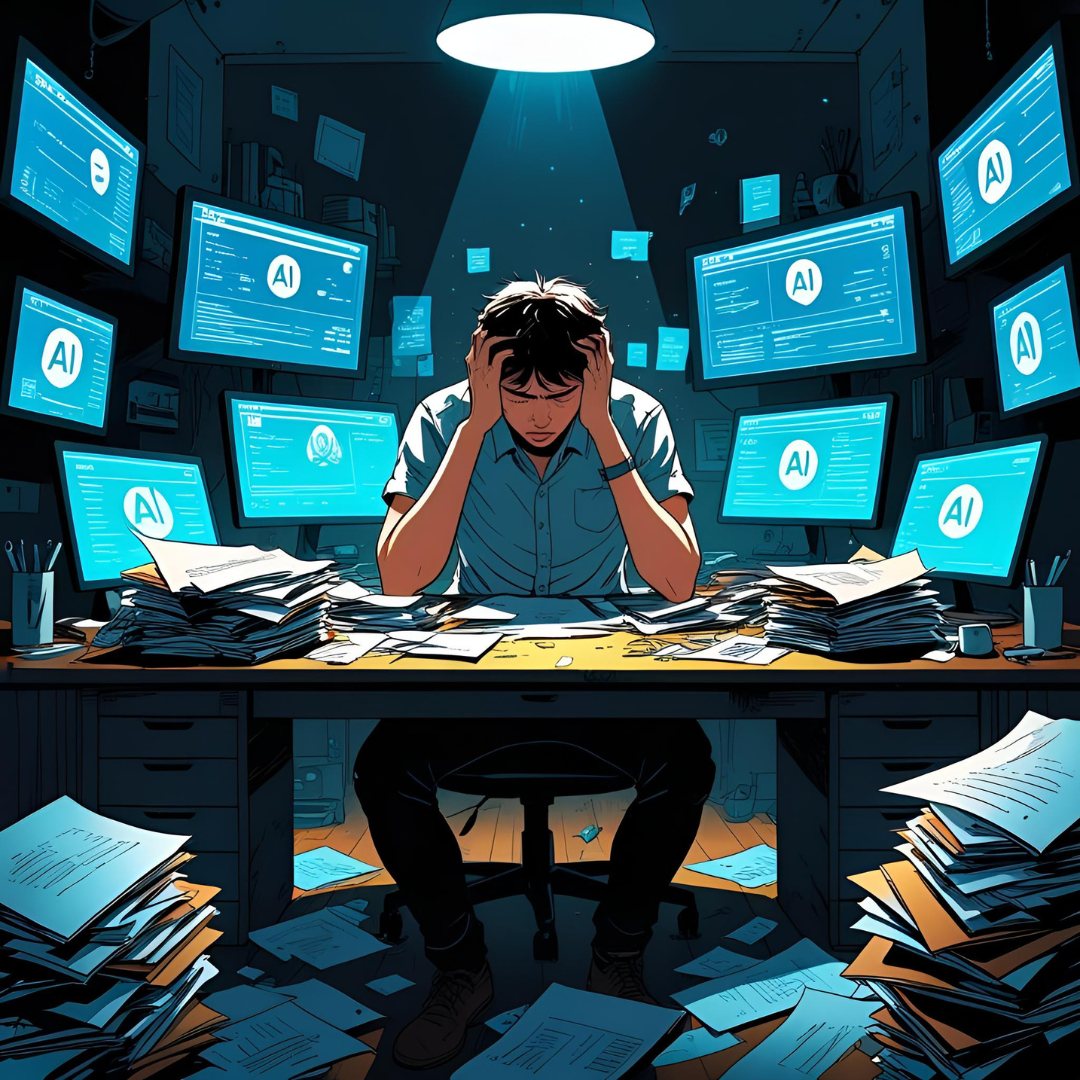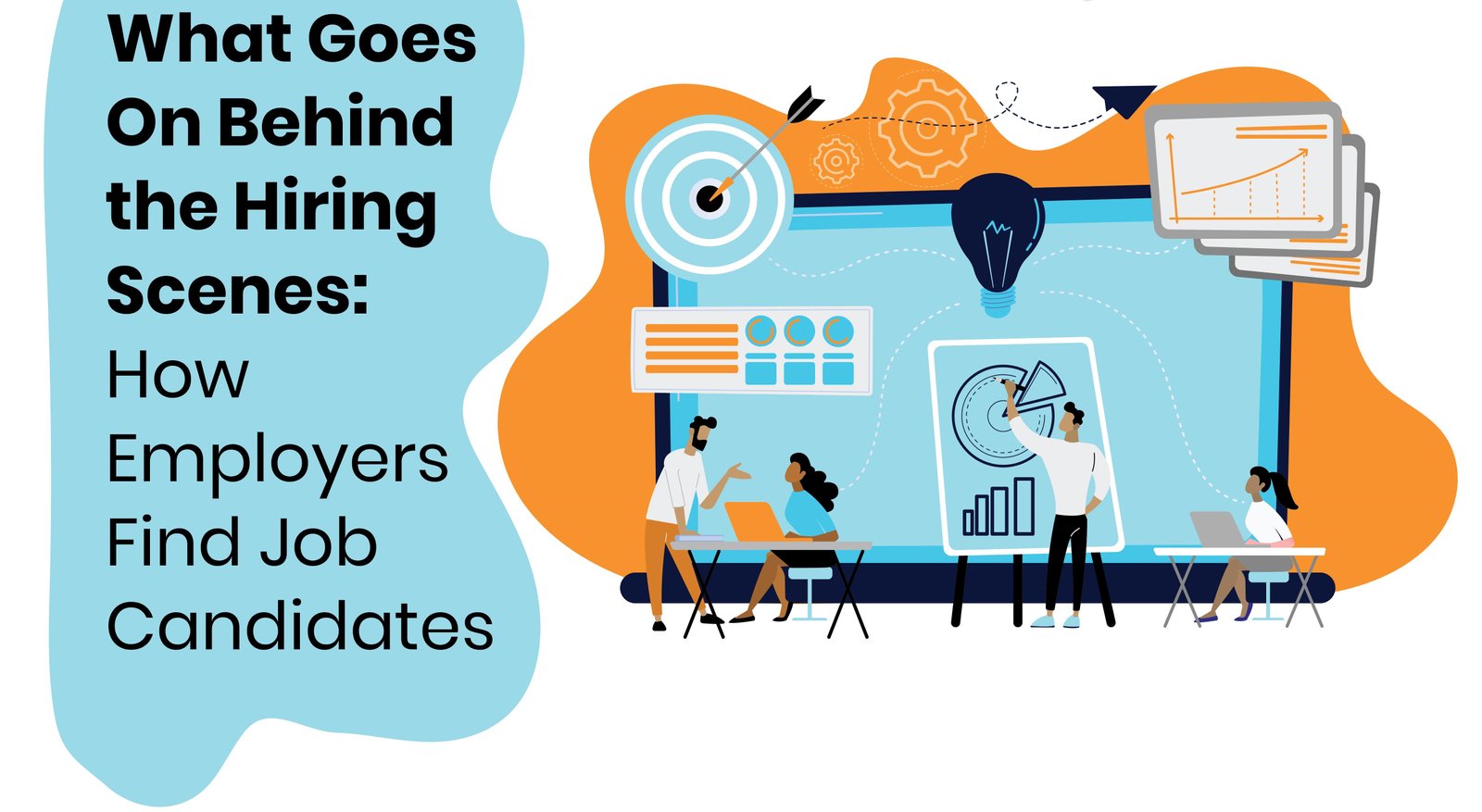
How to Cope with Burnout in the AI Era: Strategies for a Healthier Digital Work Life
Burnout in the Age of AI: Coping
With the era of hyper-connectivity, rapid automation, and 24/7 digital engagement, burnout has acquired a new avatar. As much as artificial intelligence (AI) holds the promise of simplifying our lives through automating routine tasks and facilitating intelligent workflows, it has also posed distinct challenges—exaggerated work cycles, continuous monitoring of performance, and an information deluge that is often overwhelming.
As boundaries are eroded between personal and professional life in the era of AI, more and more professionals are silently falling victim to burnout. But how do we tread this thin line—leveraging AI for productivity without letting it consume our sanity?
This blog explores what burnout feels like in the age of AI, why it's happening, and practical advice on how to manage and prevent it.
Understanding Burnout in the Digital Age
Burnout is not tiredness; it's prolonged physical and mental exhaustion caused by prolonged pressure, usually occupational. During the age of artificial intelligence, burnout typically stems from:
Information overload: The constant emails, pings, updates, and dashboards can cause mental exhaustion.
Pressure to perform: With AI-driven analytics tracking performance in real-time, feeling the pressure to be on all the time is high.
Job insecurity: Concerns about losing jobs to AI can lead to emotional distress and lower morale.
Loss of autonomy: Algorithmic determination of schedules, priorities, or workloads can result in dehumanization and powerlessness.
While AI has made much work easier, it has also made much of the workplace harsher.
Why Burnout is More Prevalent in 2025
Following are some reasons why burnout is more prevalent now:
Always-on Culture: Employers expect quicker turnaround times and increased availability through productivity tools complemented with AI.
Greater Monitoring: Whether it is keystroke tracking or time monitoring, employees feel like they are under constant surveillance—resulting in surveillance fatigue.
Blurred Work Boundaries: Technology that facilitates remote work has erased work and personal life boundaries.
Multifaceted Skill Requirements: As AI systems improve, employees need to constantly upskill—resulting in cognitive overload and learning fatigue.
Loss of Human Connection: Technology can diminish face-to-face interaction, eroding support systems within the workplace.
Signs of AI-Era Burnout
Early recognition is essential to contain burnout. These are typical signs unique to the AI generation:
Emotional exhaustion after spending the entire day dealing with digital systems.
Anxiety caused by notification alerts, deadlines, or automated performance notifications.
Inability to focus due to continuous digital interruptions.
Feeling replaceable or unnecessary as a result of automation.
Increased cynicism or alienation towards your work.
How to Survive: 7 Practical Tips
Burnout is not just a personal problem—it's systemic. But there are things individuals can do to flourish in the AI era without sacrificing their humanity.
1. Redefine Productivity with Purpose
You don't need to match machine speed and scale in an AI world. Focus on purposeful productivity—do work that leverages your strengths, adds value, and provides you personal fulfillment.
Offload mundane tasks with AI, but don't offload your identity. Give yourself time to reflect on a regular basis about why you're doing what you're doing.
2. Set Digital Boundaries
Disable unnecessary notifications.
Set definite working hours—even while remote.
Use "Focus Mode" or "Digital Wellbeing" features to limit screen time.
Schedule appointments with "no screen" time blocks to relax or think deeply.
AI can work 24/7, but you cannot.
3. Practice Mindful Tech Use
Mindfulness isn't just about meditation—it's also about being intentional with technology. Don’t let AI tools dictate your day. Pause before responding to every ping. Batch tasks instead of context switching constantly.
Be the driver—not the passenger—of your digital life.
4. Create Human Moments
Balance the digital with the human. Schedule video calls or in-person meetups where possible. Build emotional support systems—friends, mentors, communities—that don’t rely solely on Slack or Zoom.
AI can interpret emotions, but it cannot empathize. Humans can.
5. Upskill with Intention, Not Pressure
Upskilling to learn new tools is crucial—but don't stress yourself out trying to follow every trend. Select upskilling opportunities that fit your career trajectory and interests. Make achievable learning objectives.
Take note: learning must empower, not drain you.
6. Champion Ethical Tech Use
If your organization uses invasive monitoring or inhumane productivity standards, speak up. Promote humane AI practices—interpretable metrics, achievable work standards, and tech that enhances human well-being.
Businesses that combine performance with empathy are more sustainable.
7. Prioritize Rest and Recovery
Burnout prevention begins with recovery. Make sleep, hobbies, walks, naps, or doing nothing a priority. Use tech to enable rest—sleep apps, journaling apps, or guided breathing apps.
You’re not a machine. Don’t treat yourself like one.
The Role of Organizations
Organizations must evolve beyond productivity obsession. In 2025, forward-thinking companies are:
Using AI to reduce workload, not micromanage.
Encouraging asynchronous work to reduce digital fatigue.
Training managers to recognize signs of burnout.
Investing in mental health tools and coaching.
Designing human-first workflows that combine AI efficiency with empathy.
Companies that fail to do so suffer turnover, low morale, and disengaged employees—even when dashboards look good.
FAQs
Q1. Do AI tools truly reduce burnout?
Yes—when used responsibly. AI is able to automate routine tasks, streamline workflow, and reduce decision fatigue. The problem lies in when AI is used to add stress rather than lighten burdens. Balance is key.
Q2. How do I know if I'm burning out or just stressed?
Stress is task-related and acute. Burnout is long-term and affects your energy, motivation, and emotional state in the long run. If you're experiencing exhaustion, detachment from work, and reduced productivity for weeks—it's likely burnout.
Q3. What are some AI tools that can be used to manage stress?
Apps like Calm, Headspace, and Balance use AI to personalize meditation and relaxation exercises for you. Workflow apps like Notion, Trello, or Todoist can also reduce overwhelm by streamlining tasks.
Q4. What if my company's AI tools are stressful or intrusive?
Speak up to your manager or team. Share your worries about unrealistic expectations, constant monitoring, or performance pressure. Provide solutions—like workflow redesign or opt-outs from particular tools.
Q5. Is burnout reversible, or do I need to quit my job?
Burnout is reversible with the right support, boundaries, and recovery rituals. Occasionally a job or environment change is in order, but more often subtle changes—rest, purpose, healthier tech habits—can make a profound difference.
Conclusion
The AI age offers incredible opportunities—but also challenges our mental, emotional, and physical well-being in ways we're only beginning to understand.
Burnout today is not about working too much—it's about losing your identity, purpose, and balance in a hyper-digital world.
To thrive, we must recall that AI is a tool—not a master. We must reclaim our boundaries, rehumanize our work, and redefine success on our own terms.
Because in the end, the most powerful operating system isn't artificial intelligence—it's a healthy human mind.



